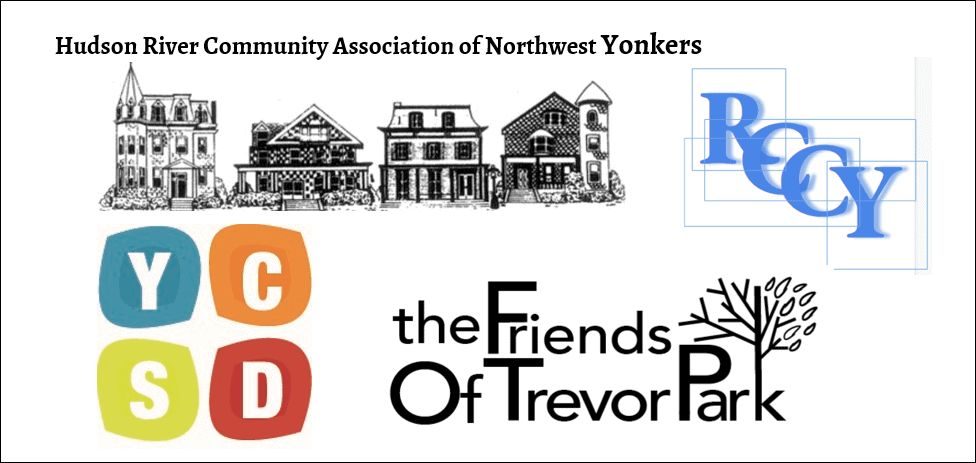
“The EAF is glaringly insufficient,” says Stephen Wagner, vice president of the Yonkers Committee for Smart Development, one of YOHA’s core groups. “An EIS is standard operating procedure for a project of this magnitude and environmental sensitivity. We want to know: why should the Plant be given a pass? The City should prioritize its residents, not the interests of developers.”
YOHA’s letter to the City asserted that proposed development within and adjacent to Yonkers parks and neighborhoods must pass through a far more in-depth, thorough analysis, and must afford the public opportunity to understand the project’s effect on the physical environment and upon the health and quality of life of those who live, work, commute, attend school, and visit the areas surrounding the development’s owned, leased, and alienated properties. Such an analysis must thoroughly address traffic, air quality, noise, safety, financial and aesthetic impact, among other factors.
The problem is not only that the project is too complex to bypass an EIS, YOHA maintains. The Plant’s history of abandoned commitments and its questionable track record on a nearby project also present strong arguments for requiring the EIS. “The developer now states that one of their principal goals for the Plant is to hold outdoor events there,” says Barbara Smith, president of the Hudson River Community Association, another of YOHA’s anchor organizations.
“Well, they already have an event space up on North Broadway–Alder Manor–and they’ve done very little with it. Why should we believe a word that they’re saying about what they want to do at the Plant?” An EIS builds in a public comment process, providing critical opportunities for the community to ask questions and have a say in the direction of development. The EIS will require the Plant to engage with the community around plans that impact us all so directly,” says Smith.
After a careful review of the EAF, YOHA also identified a host of unfounded assumptions and blurred facts, concluding that the proposal skates over major areas of potential concern. “The proposal is not only too thin for a project of this size, but it’s riddled with inconsistencies,” says Dominique Surh, co-founder of the Friends of Trevor Park, another core YOHA group. “The EAF leaves us with more questions than answers.”
Mike Hertz, of the River Communities Coalition of Yonkers and the fourth core YOHA organization, agrees. “It’s hard to pick just one example of the report’s many insufficiencies and errors,” Hertz says. But one issue that strikes closest to the heart of YOHA’s mission is the plan for a new street in JFK Marina leading from JFK Boulevard and across the Marina’s south lawn to the north entrance of the Plant. The plan briefly presented in the EAF includes a looped turnaround and a paved area with 17 private parking spaces.
“From what we can see, public space is reduced to a sliver of green in an area dominated by concrete roadway, traffic, and parking,” continues Hertz. “Giving up all of this green deprives the Yonkers public of its most
needed open space at the Marina.”
YOHA is clear-eyed that the Plant, if the owner moves forward with its development, is going to require some kind of a road and driveway through the Marina. “What we are asking is: what is the absolute minimum that the developer would need for basic access to the Plant?” says Terry Joshi, president of the Yonkers Committee for Smart Development.
“Why does the developer’s proposal take up so much area? Why 17 parking spaces? These and so many details go unexplored and unexplained in the EAF. This is exactly why we need the EIS. We’re saying to the City: don’t give the developer what they want without asking them to explain what they want to do and why they need to do it in a particular way. Hold them accountable. And above all, do this work with a mind to protecting scarce public space on the Yonkers waterfront. Anything else is overreach.”
“If you thought that the parking garage being moved meant public space in Yonkers was protected, think again,” adds Wagner. “The story hasn’t actually played out yet. The Plant developers may hope that we look away, but we will not be looking away.”





